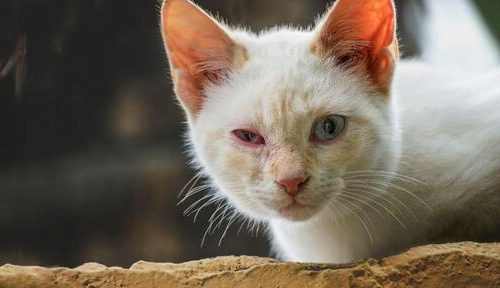
Abscess in a cat

What do owners need to do and what do they need to know about the causes and treatment of abscesses in cats so as not to start the development of the disease?

Contents
Causes of an abscess in a cat
Among the owners of cats, the more common names for this disease are “abscess” or “abscess”. They accurately express the signs of such a tumor. The accumulation of purulent exudate under the skin occurs due to mechanical and infectious causes. The first category includes:
- skin injuries with sharp objects;
- bites from other animals;
- damage to the oral mucosa by a fragment of a tooth;
- the introduction of veterinary preparations of a thick consistency by the subcutaneous method;
- the introduction of chilled drugs;
- complications after surgery.
Specialists in veterinary clinics and pet owners have noticed that cats get into fights and get skin damage more often than cats. The same can be said about young kittens: they play more often and fight quite often, which causes the appearance of purulent tumors – abscesses.
Causes of a contagious nature arise as a result of the penetration of pathogenic microbes under the skin, into muscle fibers and mucous membranes. This occurs as a result of the formation of open wounds, with the introduction of poor-quality vaccines and biologics, as well as with the use of infected syringes and needles during treatment.
The most common infectious agents that provoke an abscess in a cat are streptococci, staphylococci, and some strains of pathogenic bacteria.
Young animals are most sensitive to the causes of both categories, and therefore an abscess in a kitten can be found much more often than in adults. Moreover, young animals are always more active and, due to their curiosity, are more often injured.

Types of abscesses
The classification of this disease includes two categories according to the intensity of development:
- superficial suppuration and swelling of the upper layers of the skin, usually without consequences and complications. Such abscesses are local in nature, are small in size, and may be accompanied by minor inflammation;
- deep lesions of muscle tissue, fatty subcutaneous tissue, lower layers of the epidermis. Such neoplasms on the body of an animal are dense, with extensive coverage of a part of the body or organ.
According to the degree of tissue damage and the course of the disease, 3 types of abscesses are distinguished:
- with an acute course: an increase in local body temperature, the rapid formation of a tumor and a sharp increase in its volume;
- subacute form: with a moderate intensity of edema development, a small amount of purulent exudate, often without fever;
- chronic form: more common in superficial abscesses, when there is no profuse formation of pus, and the tumor does not increase in size for a long time.

According to the location of the abscess in a cat on the body, the following types are distinguished:
- an abscess on the neck of a cat and a cat due to a showdown with relatives, hunting for rodents or mechanical injuries;
- swelling in the muzzle: an abscess is more common in a cat on the cheek – a wound as a result of scratches in the process of playing with other animals;
- damage to the paws with the formation of a purulent tumor;
- periodontal abscess as a result of a chipped tooth wound, the development of periodontal disease, the intake of hot food;
- abscess in a cat under the tail;
- paraanal abscess of the glands as a result of improper feeding, hormonal failure, lack of activity.
In addition to these varieties in veterinary practice, single and multiple abscesses are distinguished.

Abscess of the anal gland
The paraanal glands secrete a secret, the smell of which indicates the marked territory. The formation of an abscess on the paraanal glands leads to a difficult act of defecation, pain and the occurrence of an inflammatory process. With inflammation of these glands, impaired secretion, the occurrence of a tumor and purulent discharge, treatment of an abscess of the paraanal gland should be started immediately.
tail abscess
Less common in cats is an abscess on the tail. It becomes the result of active games, rivalry between relatives. Typically, such a tumor is local in nature and easily treatable.
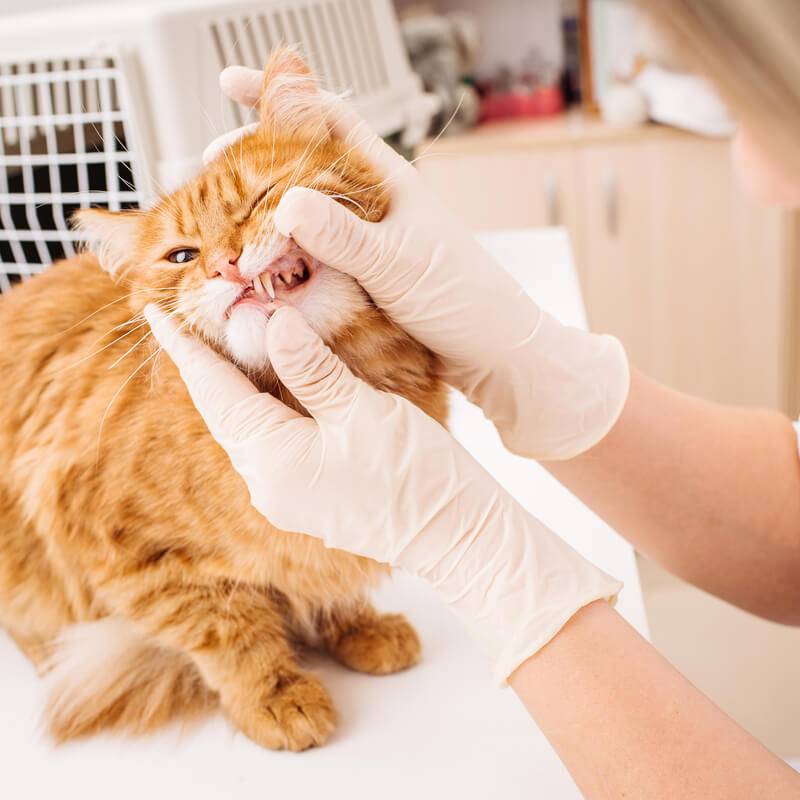
oral abscess
This is one of the most common formations. It occurs as a result of improper feeding, when fish bones enter the oral cavity, and also as a result of burns with hot food. Another reason lies in the progression of periodontal disease, the formation of plaque, and also due to breaking off of the teeth.
Abscess on the cheek
In the cheek area, abscesses can occur after fights with other cats. If the owner of the animal missed the moment of clarifying the relationship of his pet with rivals, then he will be able to notice the consequences only when the cat’s cheek is already festering and a tumor forms. This is due to the fact that the saliva of animals contains many bacteria, streptococci and staphylococci. When bitten, the entire microflora penetrates under the skin, and then into the muscles, mucous membranes and even into the bone tissue, simultaneously provoking the processes of decay.

Ear abscess
Usually, an abscess in a cat’s ear occurs at the site of a bite by other animals. At the same time, the auricle becomes hot, hangs down, sticky purulent exudate is released from it. This disease may be secondary, being provoked as a result of the settlement of ticks in the ear canal.
Abscess on a cat’s paw
The reason for the formation of an abscess and abscess in a cat on the paw can be a bite, trauma during a fall, the consequences of a fracture, injury with sharp objects, damage by road gravel. Usually, the problem becomes noticeable only when the pet begins to limp or his paw becomes inactive and does not bend well.

How does the disease manifest?
The symptomatology of this disease is determined by general and characteristic signs. A sick pet already in the first 2-3 days loses interest in active games, walks, loses its appetite.
Common symptoms are:
- increased heart rate;
- increased breathing;
- apathy;
- oppression;
- sluggish gait;
- increase in body temperature by 1-2 degrees;
- signs of pain.
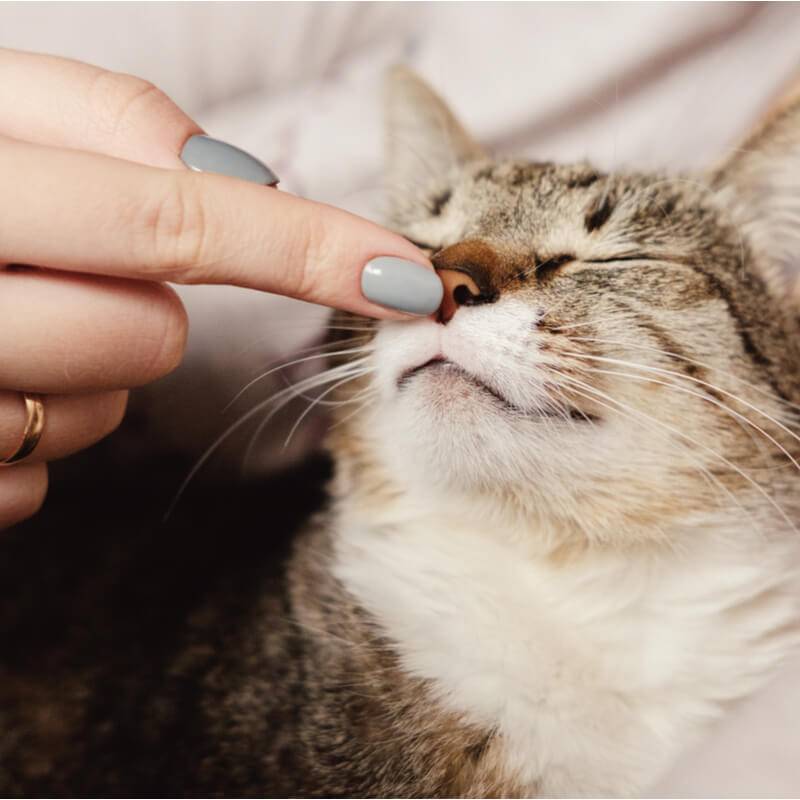
According to such signs, it is extremely difficult to guess the presence of an abscess – they appear in dozens of diseases. Even an experienced veterinarian, when making a diagnosis, will rely on characteristic signs:
- the appearance of a tumor in the form of an even or asymmetric hemisphere;
- a feeling of fluctuation when probing an abscess – a transfusion of fluid is felt inside it;
- pain when pressing on the tumor;
- baldness at the site of the abscess;
- the presence of a bite, injection or penetrating injury;
- an increase in local temperature at the site of pus formation;
- the appearance of wet sticky discharge on the coat in the place of swelling;
- the occurrence of unpleasant odors characteristic of rotting flesh;
- the appearance of scabs at the site of the localization of the abscess and next to it.
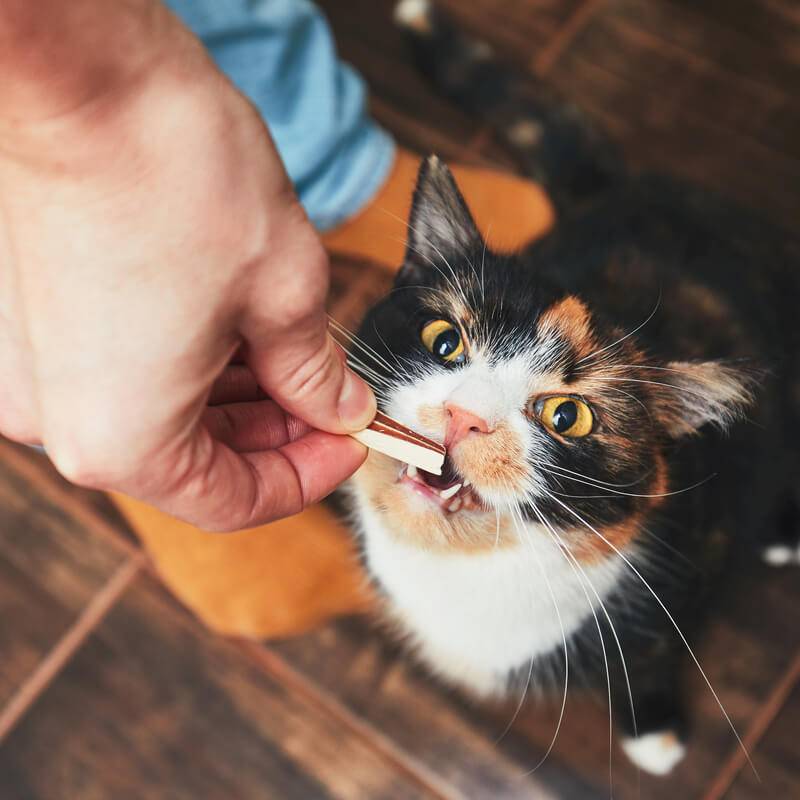
The characteristic features include the symptoms characteristic of abscesses with a specific location.
With the defeat of the paws, lameness is noted, a decrease in activity, the cat or cat begins to step on the sore paw with caution.
With an abscess of the paraanal glands, a small cone-shaped neoplasm near the anus becomes noticeable.
The periodontal type of abscess is accompanied by a sharp refusal of food, the appearance of bad breath, the pet mostly drinks only water.
With an abscess of the ears, especially if it is caused by the vital activity of a tick, the ear sags, the animal constantly combs it with its paw, makes rotational or nodding movements with its head.

However, although the characteristic signs of an abscess in cats or in cats are obvious, pet owners should not make their own diagnosis based on the symptoms identified. They may be similar to signs of other diseases, and then a mistake may be made in the choice of treatment methods, which is fraught with serious complications and consequences for the health and even life of the animal.
Diagnostics
A correct diagnosis can only be made by a veterinarian, based on the results of such diagnostic methods:
- collection of anamnesis – a survey of the owner about the behavior of the pet, its tendency to enmity with relatives, about possible injuries and previous operations;
- clinical examination, including thermometry, palpation (palpation) of the tumor;
- laboratory analysis with inoculation of bacterial cultures to identify the possible presence of pathogenic microflora and its sensitivity to different groups of medicines;
- microscopic laboratory examination of exudate from the abscess cavity;
- puncture – a puncture of the tumor to detect the presence of purulent fluid.
The last three methods are used when it is impossible to conduct a differential (comparative) diagnosis, if all the signs can indicate several similar diseases at once.
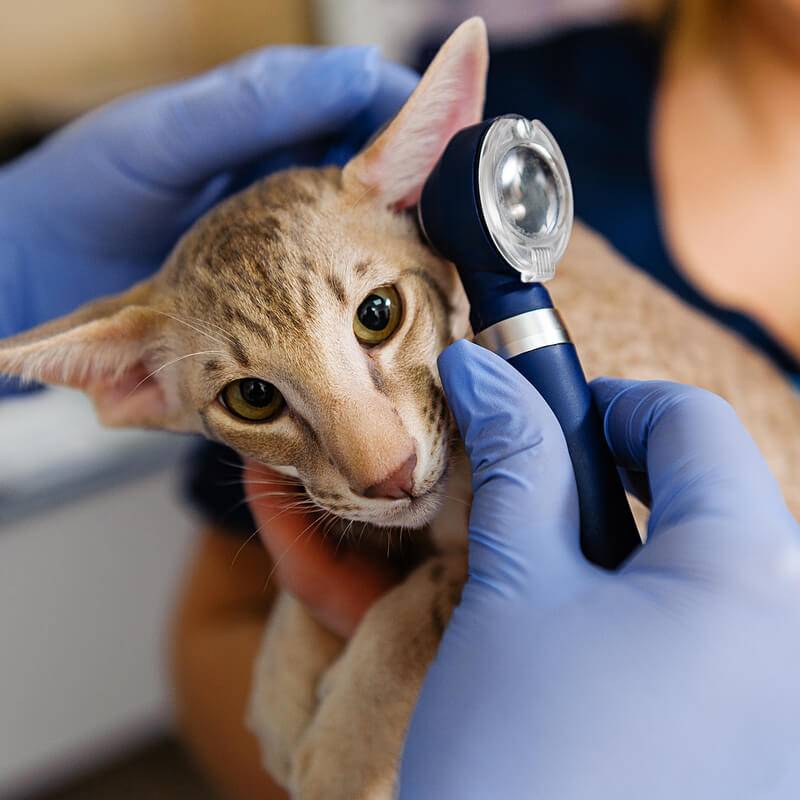
Treatment of abscesses in cats and cats
The effectiveness of treatment methods depends on the degree of progression of the abscess. At the first stage, when there is still no moisture and baldness in the abscess, drug therapy is used using drugs from different groups:
- antibacterial agents;
- anti-inflammatory drugs;
- painkillers and blockades with their use.
Good effect gives drug therapy. The veterinarian may prescribe antibiotics, anti-inflammatory drugs. If the cat’s paw fester and abscess immediately after injury, the use of external medications is recommended. At the second stage, with an already formed tumor and the release of exudate from the cavity to the outside, surgical intervention is prescribed with a puncture or incision of the abscess. At the same time, during such an operation, all purulent fluid is removed, the cavity is disinfected and washed with antiseptics. In both cases of detection of an abscess, the abscess in a cat should be treated strictly according to the recommendation and under the guidance of the attending physician.
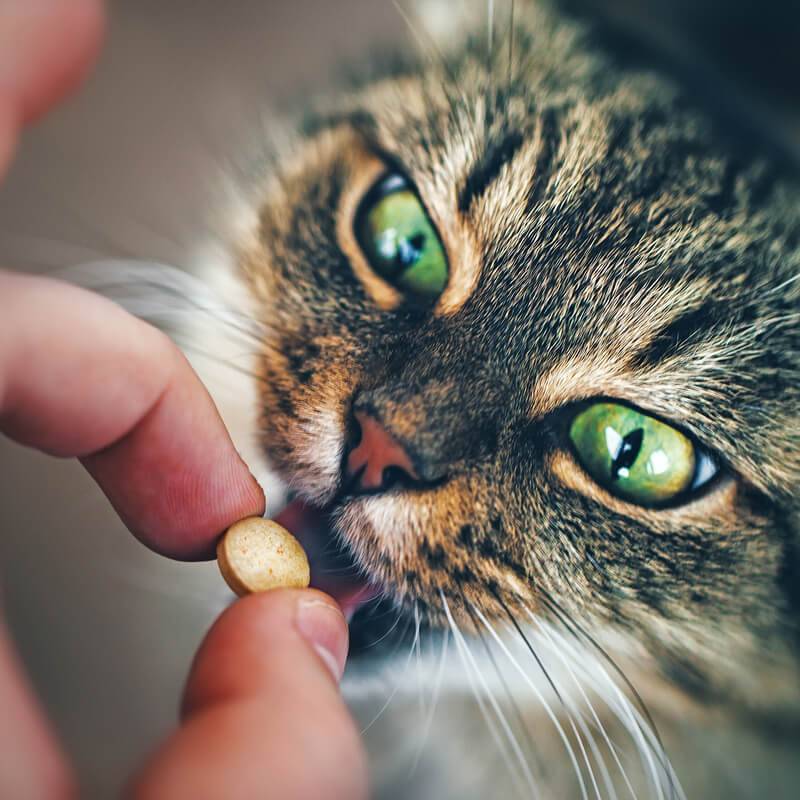
Possible complications of abscesses
With untimely treatment of an abscess in a cat or in a cat, the focus of inflammation spreads to adjacent tissues and organs. From the ear, the process can go to the brain area. With a paraanal abscess, infection can enter the organs of the gastrointestinal tract and the reproductive system.
With all forms and types of abscess, there is a risk of blood poisoning. At the same time, the behavior of the animal worsens, it becomes more aggressive, and can spoil interior items. In advanced cases, there is a risk of the onset of immunodeficiency, which provokes any complications even with non-dangerous and non-communicable diseases.

Abscess Prevention
In order not to have to look for effective methods of treatment, the pet owner needs to monitor his condition and behavior on a walk. If possible, contact with aggressive relatives should be limited. After each stay on the street, paws, tail, cheeks, neck should be examined for bites or injuries. If appetite worsens, you should immediately bring your furry friend to the veterinarian for an oral examination. Such simple measures will help maintain the health of your pet and protect him from the effects of abscesses.
The article is not a call to action!
For a more detailed study of the problem, we recommend contacting a specialist.
Ask the vet
March 24 2020
Updated: 30 March 2022



